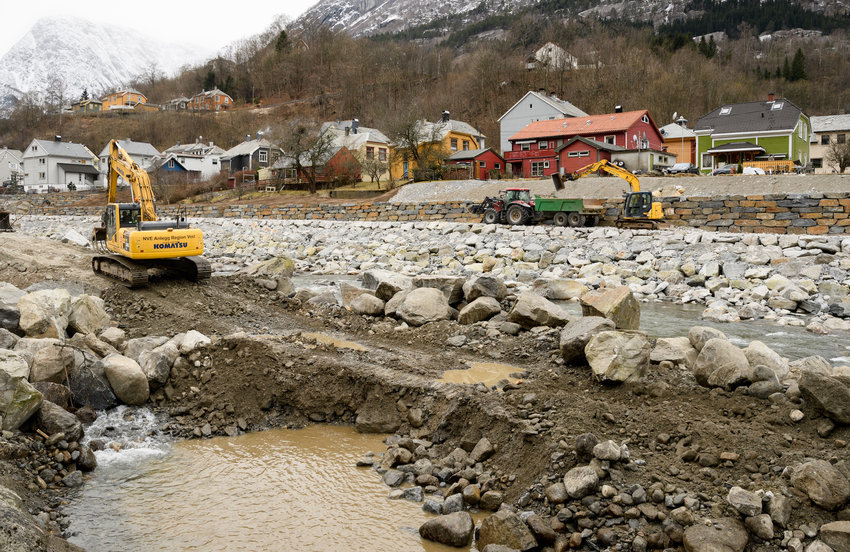
A wind farm that is approved today may not become operational for another 10 years. Following that, the expectation is for the wind farm to generate energy for at least 30 years. Considering a time horizon of 40-50 years, it is important to be able to make predictions about how we expect the wind to behave in the coming decades. In the wind industry, it is common to rely on historical data when making investments and decisions regarding new wind energy projects. How much did the wind blow last year? What were the wind conditions like over the past decade? Or, what about the previous 30 years? Depending on the historical time frame you use, you will get different answers because the wind varies.
Wind varies on time scales ranging from milliseconds to large climatic systems that last for several decades. It is the variations on long time scales (several decades) that we are investigating in the project “Predicting Future European Wind Resource”. Since the wind itself is so volatile and dynamic, it is difficult to predict. Therefore, we are trying to leverage how long-term fluctuations in the wind are influenced by other more predictable climatic signals, such as sea surface temperatures. We then use this relationship to indicate how European wind conditions will be in the future.
The project is a collaboration between climate researchers and wind energy experts at NORCE and Statkraft, with support from statisticians at NHH. The researchers aim to create a prediction model that forecasts wind conditions in Europe up to 2050. We hope the project can help the industry, initially Statkraft, reduce the economic uncertainty associated with future wind conditions when investing in new wind energy projects.
Forsidebilde: Jan Kopriva/Unsplash

